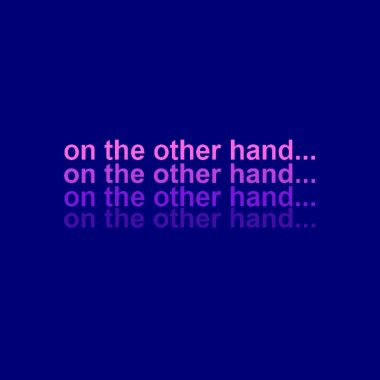“Seen” vs. “Saw”: See How Well You Know The Difference
The words saw and seen are forms of the irregular verb see. As you can see, unlike most verbs, saw and seen don’t end in -ed or -d, which can make it tricky to determine when each should be used. In this article, we’ll break down when and how to use saw and seen, explain what makes see an irregular verb, and provide examples of …











